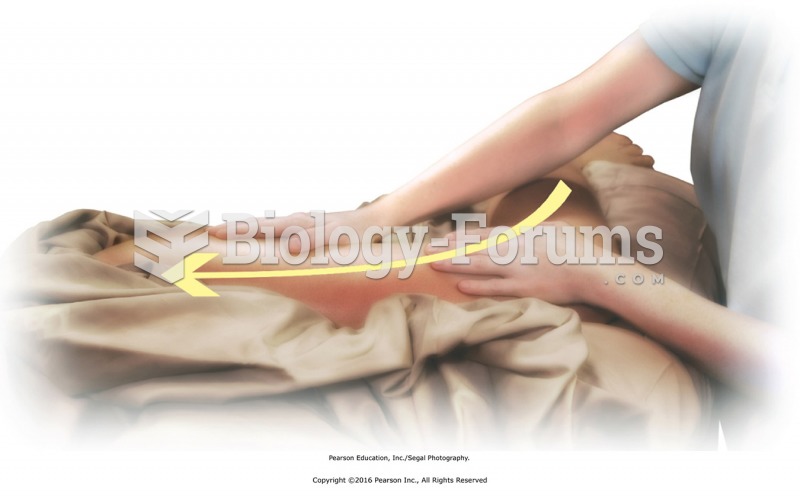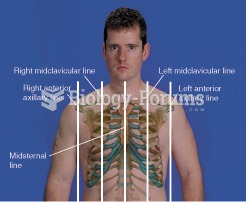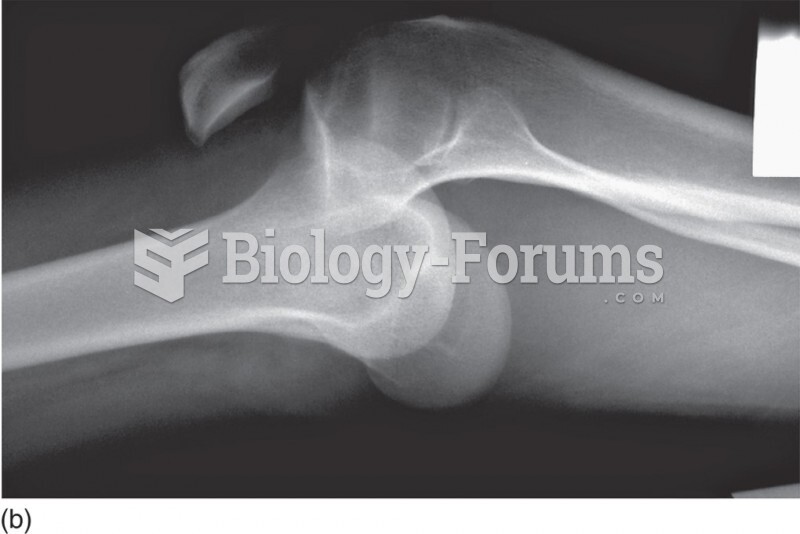|
|
|
Barbituric acid, the base material of barbiturates, was first synthesized in 1863 by Adolph von Bayer. His company later went on to synthesize aspirin for the first time, and Bayer aspirin is still a popular brand today.
When blood is exposed to air, it clots. Heparin allows the blood to come in direct contact with air without clotting.
Patients should never assume they are being given the appropriate drugs. They should make sure they know which drugs are being prescribed, and always double-check that the drugs received match the prescription.
The most dangerous mercury compound, dimethyl mercury, is so toxic that even a few microliters spilled on the skin can cause death. Mercury has been shown to accumulate in higher amounts in the following types of fish than other types: swordfish, shark, mackerel, tilefish, crab, and tuna.
Illness; diuretics; laxative abuse; hot weather; exercise; sweating; caffeine; alcoholic beverages; starvation diets; inadequate carbohydrate consumption; and diets high in protein, salt, or fiber can cause people to become dehydrated.
 Circular movement of ice over lateral area just distal to the elbow. Use medium pressure to apply ...
Circular movement of ice over lateral area just distal to the elbow. Use medium pressure to apply ...
 Undrape top leg and apply warming effleurage to lateral leg, hip, and foot in distal to proximal ...
Undrape top leg and apply warming effleurage to lateral leg, hip, and foot in distal to proximal ...





